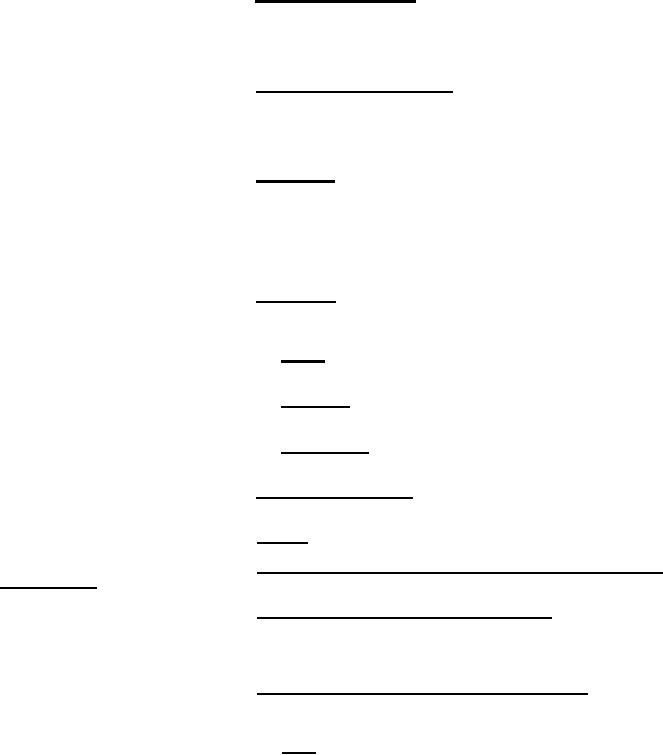 |
|||
|
|
|||
| ||||||||||
|
|  MIL-D-81347C(AS)
timing pulses, which when gated through fixed wired character select gates, enable the video signal to
select a desired dot in the pattern. The selected dots comprise the desired character. Figure 118
illustrates the dot method of character generation.
Display Synchronization - A 40 Hz synchronization (Sync) pulse
3.5.3.4.2.3.5
from the MTL shall synchronously initiate the PDL in order to insure a jitter free display. When this
occurs the logic shall transmit an ODR to the computer, which will respond with a data word to the
PDL. Normal operation continues until an EOD, at which time the ODR remains low until the next
cycle of the 40 Hz sync.
Circle and Vector Generation - Circle and Vector Generation is
3.5.3.4.2.3.6
performed by logically controlling the phase and amplitude of the X and Y output signals. A sine-
cosine generator provides a 12 KHz modulation source which operates in conjunction with the X and Y
conic D/A converters to obtain amplitude modulated square waves. Square wave signals are then
passed through low-pass filters to obtain amplitude modulated sinusoidal functions.
Type Mode - The PDL shall generate, under computer control,
3.5.3.4.2.3.7
a sequence of characters which shall represent a typewriter page. This mode of operation shall re-
quire the computer to generate a series of code 04 words, each word consisting of two character codes.
The PDL shall automatically increment its X Gross Position Register such that the characters are on
1/4 inch spacing. The incrementing shall continue until the computer sends a new Set Position word
or EOD word. If the computer fails to terminate the X deflection incrementing, the PDL shall auto-
matically cease incrementing when the X gross position register reaches its maximum deflection state.
Test Modes - The PDL operation shall be verified by utilizing
3.5.3.4.2.3.8
the MCP for synthesis of various computer command words. The MCP shall provide simulated com-
puter output words in three different operating modes:
(1) Single - The MCP shall transmit a manually programmed
one output word when the operator depresses a momentary switch.
(2) Repetitive - The MCP shall continuously transmit a
manually programmed word at the PDL's maximum rate for the function specified in the data word.
(3) Synchronous - The MCP shall output a manually programmed
word at a fixed rate of 40 Hz which shall be locked to the 400 Hz line.
Interface Requirements - See functional flow diagram, Figure
3.5.3.4.2.4
114.
General
3.5.3.4.2.4.1
Master Timing Logic and Maintenance Control Panel to Pilot
3.5.3.4.2.4.1.1
Display Logic - The PDL shall receive inputs from the MTL and the MCP.
Master Timing Logic to Pilot Display Logic - The MTL shall
3.5.3.4.2.4.1.1.1
continuously transmit to the PDL, the 40 Hz sync via the MCP and 1 Hz Flash signal as defined in the
MTL Section, 3.5.3.4.4.2.1.2.7. In addition, the PDL shall receive 1.536 MHz clock from the MTL
and six lines of diagnostic instruction.
Maintenance Control Panel to Pilot Display Logic - The PDL
3.5.3.4.2.4.1.1.2
receives data words, the Output Acknowledge signal, 4 0 Hz sync and switch closure lines from the
MCP.
(1) Data - Data words which are received from the computer
via the MCP shall command the timing, control, deflection, and video signals for the PDL. These
signals will be a 30-bit data word, and shall adhere to the word formats shown in Figures 119 through
122.
197
|
|
Privacy Statement - Press Release - Copyright Information. - Contact Us |